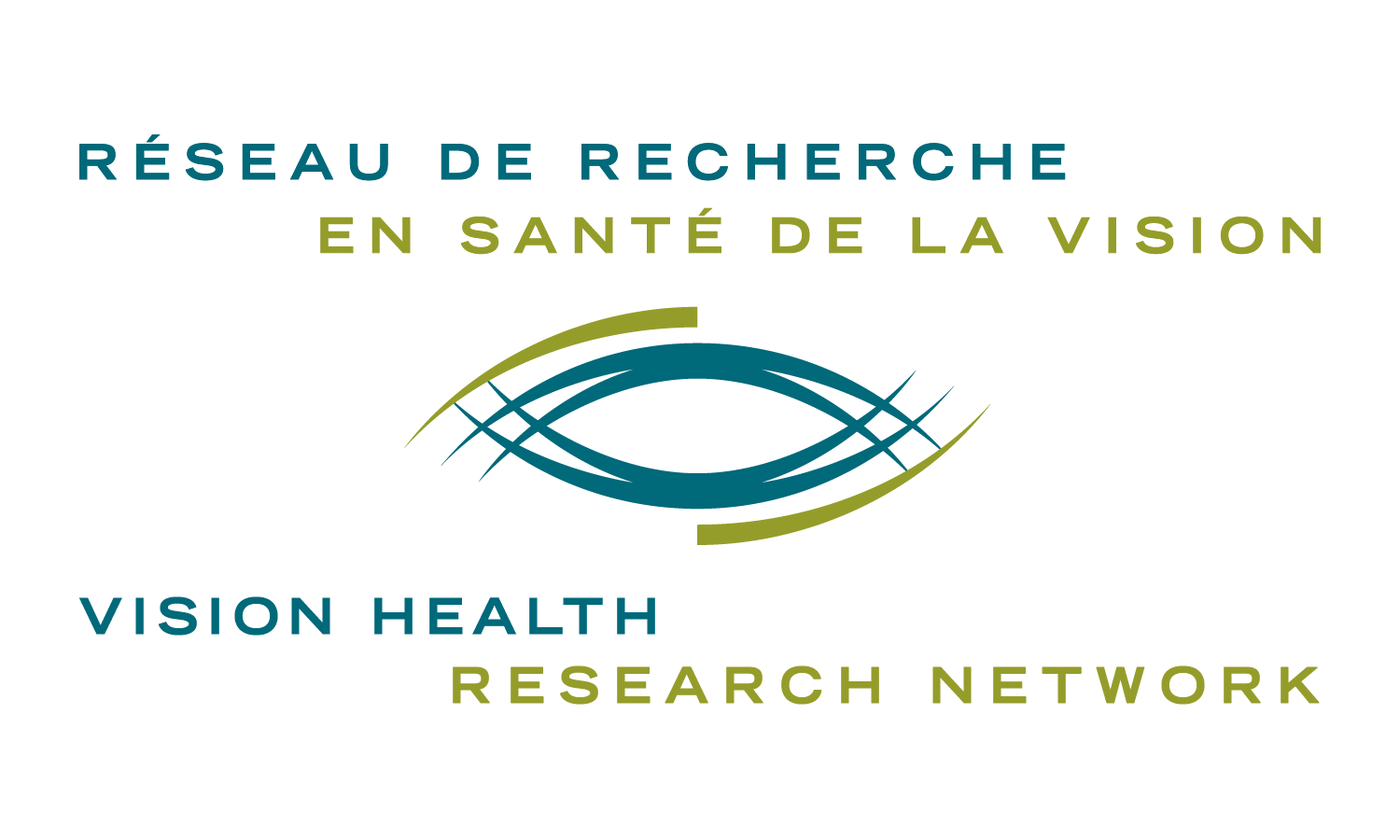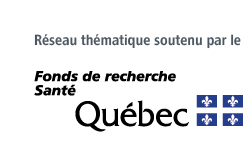Mathieu Gauvin, Jean-Marc Lina, and Pierre Lachapelle. Advance in ERG Analysis: From Peak Time and Amplitude to Frequency, Power, and Energy. Biomed Res Int. 2014;2014:246096
Scientific impact: Advanced signal processing techniques, such as frequency analyses, or more recently, time-frequency analyses, allowed extracting additional useful information in signals as EEG or ECG, thus significantly improving their diagnostic potential. However, these techniques have only been sporadically applied to the electroretinogram (ERG), which to date, remains measured in terms of amplitude and latency of its two major components: the a- and b-waves. Our article compares traditional ERG analysis to three advanced analysis approaches and helps answer an important question: Can we extract more useful information in the ERG that would be otherwise unseen without the use of these advanced approaches? Our study suggests that the time-frequency analysis could significantly improve the utility of ERG in research and clinics by providing more useful descriptors, thus complementing the limited classification potential offered by the traditional analysis. We also demonstrate the potential of the time-frequency approach for denoising of biomedical signals.
Network contribution: The Vision Network has allowed us to fund the preliminary study that was a milestone in obtaining a more generous grant from CIHR.
* * *
Original Abstract
Purpose. To compare time domain (TD: peak time and amplitude) analysis of the human photopic electroretinogram (ERG) with measures obtained in the frequency domain (Fourier analysis: FA) and in the time-frequency domain (continuous (CWT) and discrete (DWT) wavelet transforms). Methods. Normal ERGs (n= 40) were analyzed using traditional peak time and amplitude measurements of the a- and b-waves in the TD and descriptors extracted from FA, CWT, and DWT. Selected descriptors were also compared in their ability to monitor the long-term consequences of disease process. Results. Each method extracted relevant information but had distinct limitations (i.e., temporal and frequency resolutions). The DWT offered the best compromise by allowing us to extract more relevant descriptors of the ERG signal at the cost of lesser temporal and frequency resolutions. Follow-ups of disease progression were more prolonged with the DWT (max 29 years compared to 13 with TD). Conclusions. Standardized time domain analysis of retinal function should be complemented with advanced DWT descriptors of the ERG. This method should allow more sensitive/specific quantifications of ERG responses, facilitate follow-up of disease progression, and identify diagnostically significant changes of ERG waveforms that are not resolved when the analysis is only limited to time domain measurements.
As recommended in the ISCEV standards, traditional ERG analysis is performed in the time domain (Panel B) and is limited to the measurement of the amplitude and latency of its two major waves; the a and b waves. Although small high-frequency oscillations (oscillatory potential: ops) are visible on the ascending part of the b-wave, they are not quantified, unless an analog/digital filter is used to isolate them from the signal. This last approach allows quantifying the ops, but may generate artifacts that could alter their interpretation. In the time-frequency domain (Panel A), more descriptors can be extracted, each quantifying a well localized oscillation in time and frequency (20a, 20b, 40a, 40b, and 80ops 160ops). In addition to quantifying the ops in a single representation, we found that the a-wave and b-wave could be segmented into two sub-components oscillating at 20 Hz and 40 Hz, which allowed us to separate ERGs that were considered as equivalent when the traditional analysis was solely used. We believe that this innovative approach will increase the diagnostic potential of the ERG.
* * *
The VHRN would like to congratulate Mathieu Gauvin who received the Eberhard Dodt Memorial Award. The Eberhard Dodt Memorial Award is an international award, in the value of €3000 (4500 CAD) which commemorates the life and work of Eberhard Dodt, in particular his help and encouragement, over many years, of young scientists working in the field of clinical electrophysiology of vision. It is awarded to the young scientist (< 35 years old) who, in the opinion of the Adjudication Panel, makes the best presentation at the Annual Symposium of the International Society for Clinical Electrophysiology of Vision (ISCEV). The criterions for the award are scientific excellence of the work described, the novelty and the potential value and/or clinical usefulness of the study described and the quality of the presentation.



